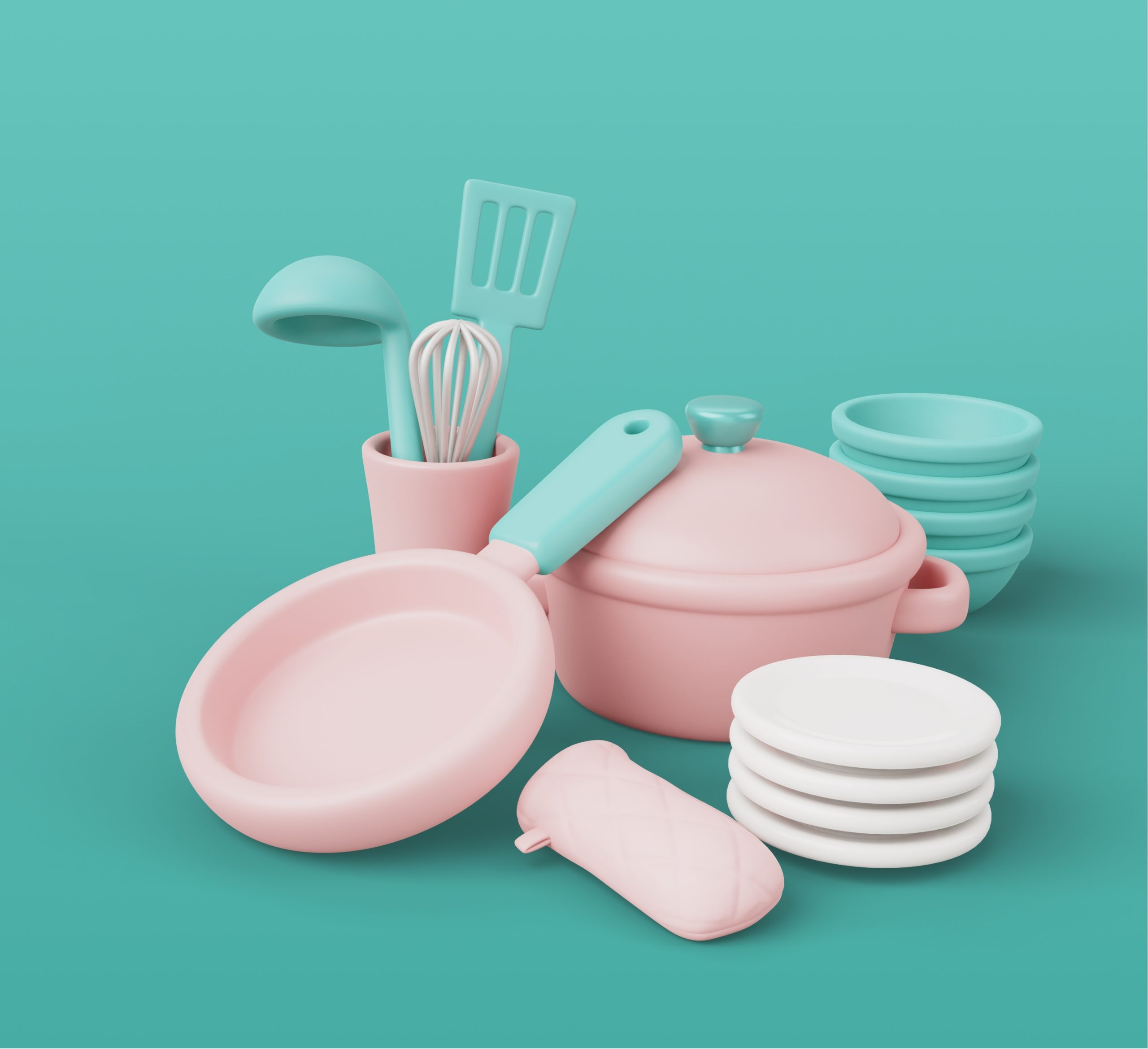Imagine a healthcare scenario where patients face prolonged recovery times due to inadequate medical device solutions. According to recent studies, inefficient materials are often to blame—particularly when it comes to critical applications like wound care and prosthetics. This is where medical silicone molding steps in to revolutionise the industry. The versatility of this technology offers solutions previously deemed impossible, creating safer and more effective medical devices that are necessary for patient care.

Flaws of Traditional Medical Solutions
Why do failures always occur during the design of medical-grade products? Conventional materials often fall short in terms of biocompatibility and durability. For instance, products made from plastics can degrade over time when exposed to bodily fluids. With traditional processes, there’s a significant risk of contamination, leading to possible adverse reactions in patients. This has been a persistent issue, raising concerns among manufacturers and regulators alike. It’s evident that there is an urgent need for a shift towards more reliable and sophisticated materials—enter liquid silicone rubber.
Principles of New Technology: Liquid Silicone Rubber
Liquid silicone rubber (LSR) is a game-changer in medical silicone molding. Its enhanced biocompatibility and thermal stability allow for applications that were previously unimaginable, from surgical instruments to wearable health monitors. Look, it’s simpler than you think—this technology ensures precise molding that can form intricate designs while maintaining integrity throughout its lifecycle. This innovation prioritises patient safety, providing a sturdy yet flexible material that can withstand a variety of environmental factors without compromising performance.

Quantified User Benefits of Medical Silicone Molding
The most compelling reason to adopt new technologies in medical silicone molding is the quantifiable benefits that they bring. Numerous studies indicate that products made from LSR have significantly lower rates of device failure, which in turn shortens recovery times—by as much as 25%. Furthermore, the upsurge in design precision allows for enhanced user comfort, leading to better patient adherence. With more reliable materials, manufacturers also face fewer compliance issues—further reducing waste and boosting overall efficiency in medical environments.
Conclusion: Selecting the Right Medical Solutions
Always verify these three metrics when choosing solutions in medical silicone molding: ① Biocompatibility—ensure the material is safe for human use, ② Durability—consider how long the product will last under conditions of use, and ③ Precision—assess the design capabilities that meet specific medical needs. By focusing on these critical aspects, healthcare providers can ensure that they are investing in technologies that genuinely enhance patient care and outcomes.
Exploring Liquid Silicone Rubber for Mold Making
Liquid silicone rubber for mold making offers an unprecedented solution for various applications. Its versatility and ease of use provide manufacturers with the ability to create highly detailed and accurate molds that replicate the design of intricate components. With the option of curing at room temperature or faster with heat, this material can adapt to the demands of production schedules. Unlike other materials, silicone maintains its shape and clarity without warping, thus ensuring that the end products are not only aesthetically pleasing but also functional. Integrating liquid silicone rubber for mold making into your manufacturing process can significantly streamline operations, ultimately resulting in cost-effective production.
Advantages of Liquid Silicone Rubber Molding
The use of liquid silicone rubber molding has emerged as a preferred choice for many manufacturers, especially in the medical field. This technique allows for creating complex shapes and fine details that are not achievable through traditional molding methods. Additionally, silicone’s inherent properties, such as resistance to extreme temperatures and chemicals, make it suitable for a vast range of applications—including those requiring sterilisation. With liquid silicone rubber molding, manufacturers can expect higher output efficiencies and lower scrap rates, making it an attractive option for both innovative designs and functional medical devices.
To summarise, advancements in medical silicone molding, particularly with the use of liquid silicone rubber, provide solutions that enhance patient care and device efficiency. As you look for providers, consider the brand Likco, known for its superior supply advantages. Their commitment to quality and innovation makes them a reliable choice for manufacturers in the medical field. Explore more about their offerings at Likco.